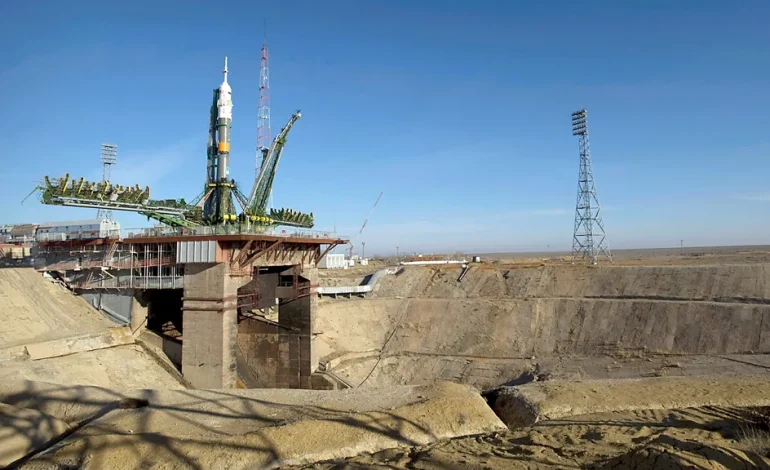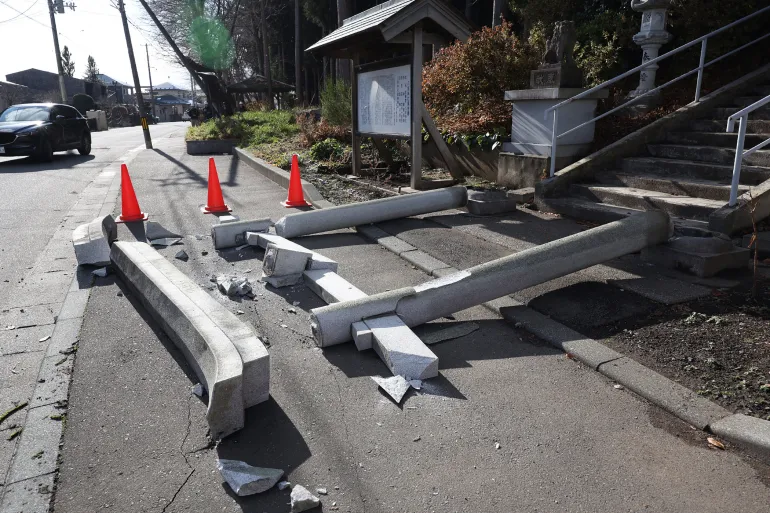Preserving Humanity’s Space Legacy: The Emerging Role of Space Archaeology

As humanity’s journey into the cosmos accelerates, a group of scientists known as “space archaeologists” are racing against time to protect the legacy of space exploration, BBC reports.
Despite the relative youth of space infrastructure—only decades old—key artefacts and sites that capture pivotal moments in human history are already at risk of being lost, both in space and here on Earth.
The urgency stems from the rapid commercialisation of space, where powerful political and business interests often overshadow efforts to preserve history. With limited legal protections, irreplaceable remnants of past missions—ranging from lunar footprints to space station interiors—face uncertain futures.
Space archaeology applies traditional archaeological principles to space-related artefacts, such as launch sites, satellites, space probes, and even astronaut personal items. Unlike terrestrial archaeology, it relies heavily on remote sensing data, photographic analysis, and archival research. The goal is not only to preserve history but to better understand how humans adapt to space environments—insights that can shape the future of space exploration.
Prominent figures in the field include Dr. Alice Gorman of Flinders University and Prof. Justin Walsh of Chapman University. Together, they lead the International Space Station Archaeological Project (ISSAP), the first large-scale initiative studying cultural life aboard the ISS. In a landmark 2022 experiment, astronaut Kayla Barron marked out areas within the space station to document daily use over time, providing unprecedented insight into life in microgravity.
“What would we do if we could go there?” Walsh recalls pondering. “Digital technology has changed that. Now we can study space habitats from afar and learn how astronauts make those spaces their own.”
Sites such as Tranquillity Base—the location of the Apollo 11 moon landing—carry global cultural value. Often likened to Earth landmarks like Stonehenge, these locations signify not only technological achievement but also human unity and sacrifice. Footprints, abandoned tools, and memorial items left on the Moon tell deeply personal and historical stories. For example, researchers discovered that medals belonging to Soviet cosmonauts Yuri Gagarin and Vladimir Komarov were left on the Moon by Apollo 11 astronauts as a tribute—an extraordinary gesture during the Cold War.
The World Monuments Fund recognized this significance by including the Moon on its 2025 Watch List of threatened heritage sites—a notable moment for the field of space archaeology.
However, threats to these historic sites are increasing. In January 2025, Firefly Aerospace’s Blue Ghost lunar lander successfully touched down on the Moon, highlighting the growing role of private companies in lunar exploration. While Firefly’s mission avoided disturbing historic sites, experts warn that future missions may not be so careful.
“The moment a spacecraft gets too close to a historic lunar site, it risks irreversible damage,” says Prof. Walsh.
Concerns also extend to low Earth orbit. Elon Musk’s suggestion that NASA should accelerate the decommissioning of the International Space Station (ISS) has sparked debate. The ISS, the largest spacecraft ever constructed, is not just a technological marvel—it is a living cultural record of international cooperation in space. Research suggests nearly 40% of the station could survive re-entry, raising questions about how to preserve such a symbol of human progress.
Efforts to formalise protection for space heritage are gaining traction. Archaeologist Beth O’Leary’s Lunar Legacy Project began cataloguing lunar artefacts in 2000, estimating more than 100 metric tons of human-made material now reside on the Moon. Tranquillity Base was even placed on state heritage registers in California and New Mexico, marking a small but symbolic step forward.
In 2023, the International Council on Monuments and Sites (ICOMOS) established a dedicated committee on aerospace heritage. This has laid the groundwork for potentially developing a global charter and registry of space heritage sites.
Proposals have also emerged for an orbital museum—an empty orbit where historically significant satellites like Vanguard 1 could be safely relocated rather than left to decay or burn upon re-entry.
Back on Earth, archaeologists like Thomas Penders—cultural resources manager at Cape Canaveral—face the complex challenge of preserving historic sites while accommodating modern space launches. Penders has discovered remnants of early space missions buried just meters from current launch pads, including missile parts discarded during the fervent push to win the space race.
“These extraordinary moments in the history of humanity deserve our attention, and they deserve a chance to exist into the future,” says O’Leary.









The latest news in your social feeds
Subscribe to our social media platforms to stay tuned